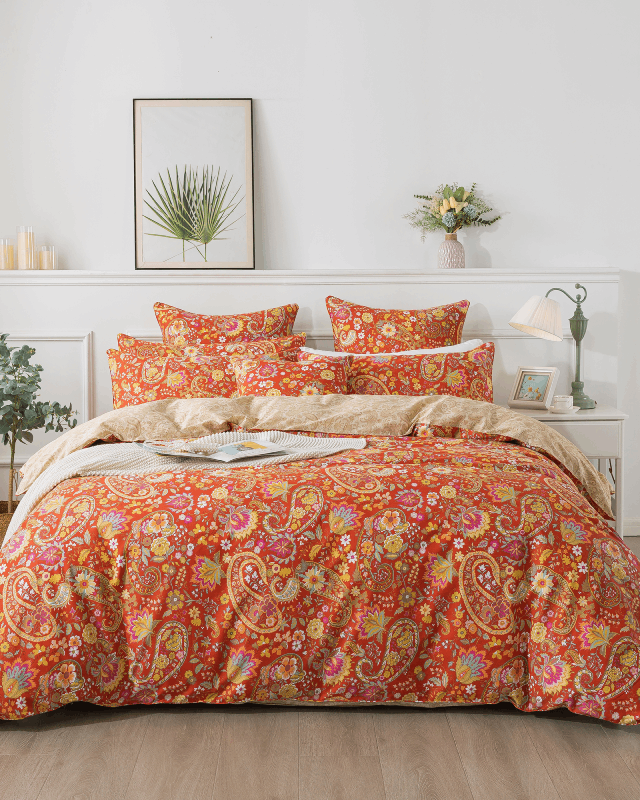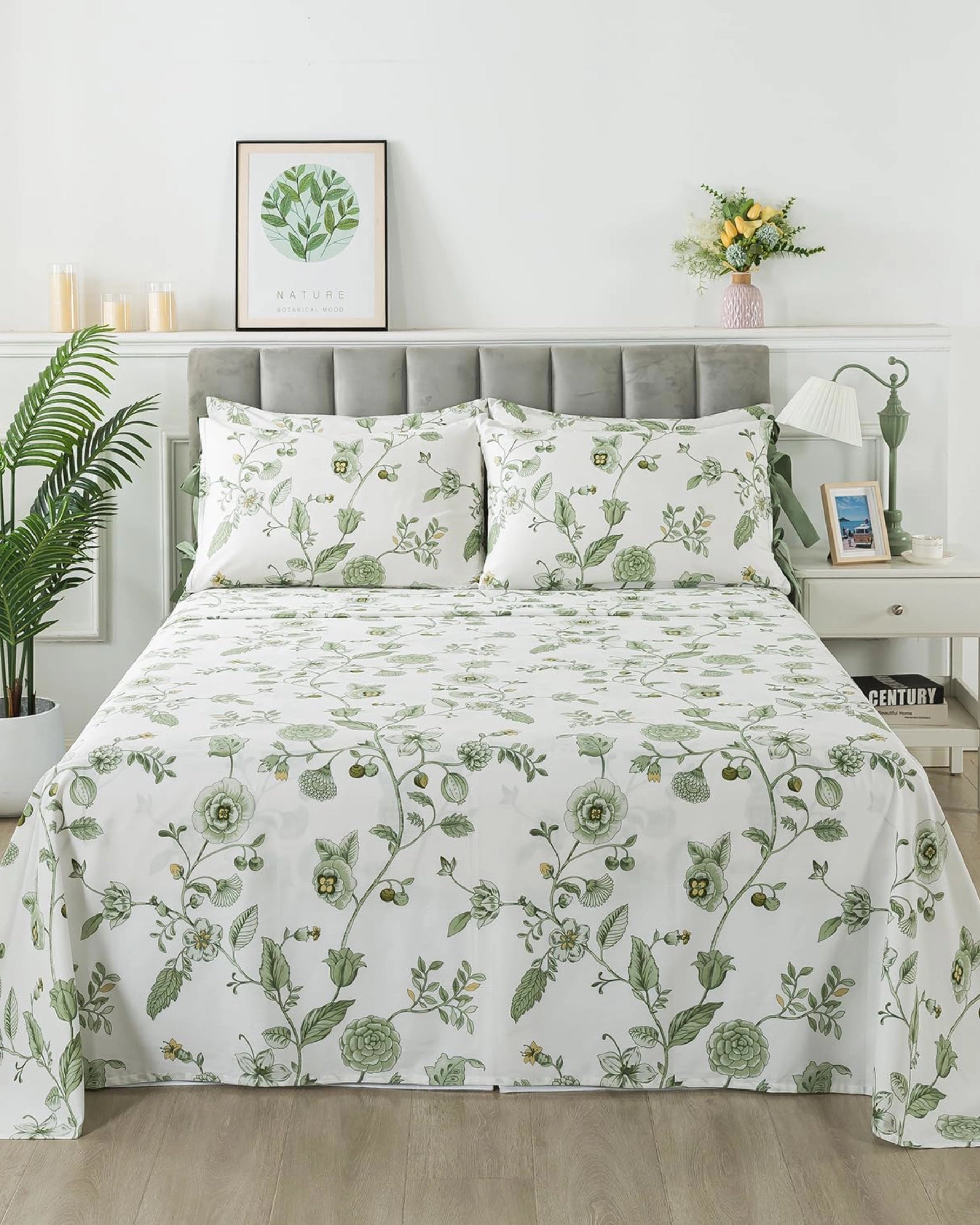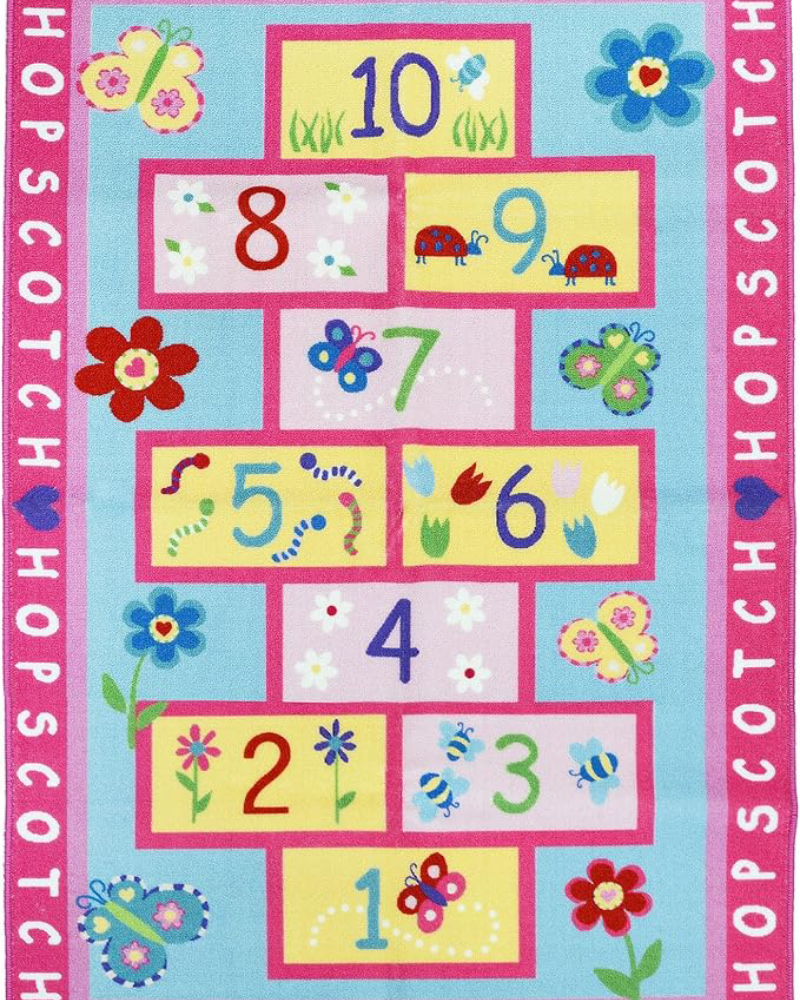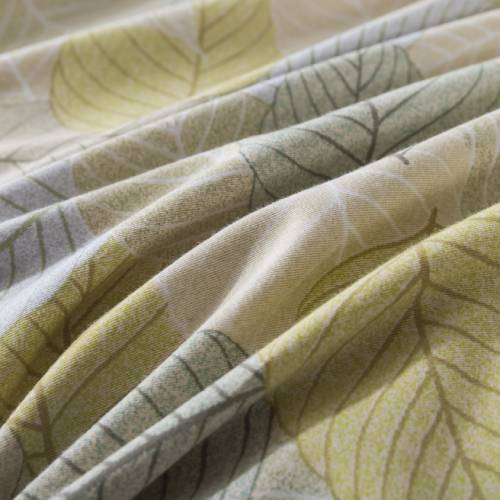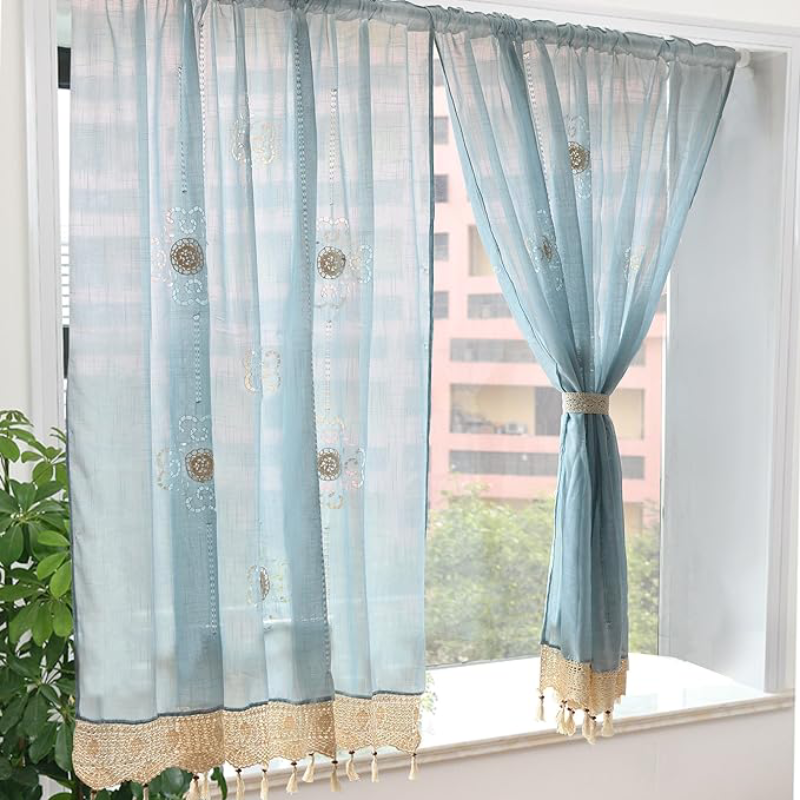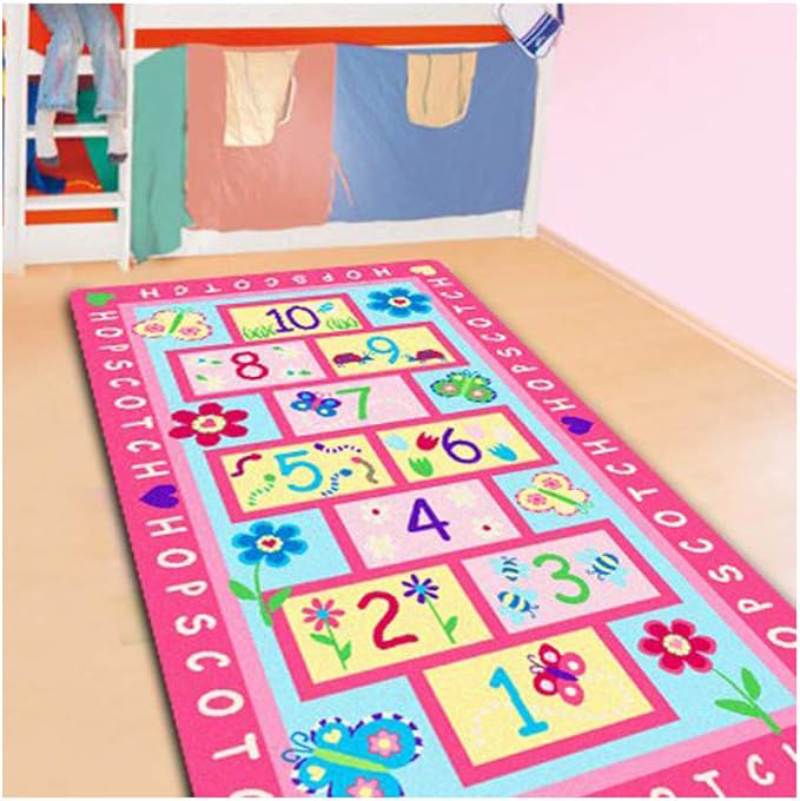Stitches are the foundation of sewing and garment construction, forming the very fabric of textile craftsmanship. From simple hand stitches to intricate machine techniques, stitches play a vital role in assembling fabrics, creating designs, and ensuring the durability and functionality of the finished product. In this blog, we will explore the importance of stitches in various contexts, including their roles in garment construction, textile art, and even medical applications.
Understanding Stitches
Definition
At its core, a stitch is a loop of thread or yarn that holds pieces of fabric together. Stitches can be created by hand or machine and come in various forms, each serving a specific purpose in the sewing process. The choice of stitch type, length, and tension can significantly affect the overall look and functionality of the final product.
Types of Stitches
Stitches can be broadly categorized into several types, including:
- Hand Stitches: Techniques like the running stitch, backstitch, and slip stitch are commonly used for hand-sewing projects.
- Machine Stitches: Sewing machines offer a variety of stitches, including straight, zigzag, overlock, and decorative stitches.
- Specialty Stitches: Techniques such as embroidery stitches, quilting stitches, and tacking stitches add texture and design elements to fabric.
The Role of Stitches in Garment Construction
Assembly of Fabrics
The primary function of stitches in garment construction is to hold pieces of fabric together. Whether assembling a simple t-shirt or a complex evening gown, stitches are essential for creating a cohesive structure. Different types of stitches can be employed depending on the fabric, design, and intended use of the garment:
- Seams: The most common application of stitches is in seams, where two or more pieces of fabric are joined. Various seam types, such as plain seams, flat-felled seams, and French seams, each have specific uses depending on the desired strength and finish.
- Hems: Hems are finished edges of garments, and the type of stitch used can impact the garment's overall look. Blind hems, for instance, create a nearly invisible finish, while topstitching adds decorative detail.
Functionality and Durability
Stitches not only hold fabrics together but also contribute to the overall durability and functionality of a garment. Strong, secure stitches can withstand the stresses of wear and movement, ensuring that clothing lasts longer. Key factors include:
- Thread Type: The choice of thread material (cotton, polyester, nylon) can affect the strength and flexibility of stitches.
- Stitch Tension: Proper tension ensures that stitches are neither too tight (which can cause puckering) nor too loose (which can lead to weak seams).
Design and Aesthetics
Beyond functionality, stitches contribute significantly to the aesthetic appeal of garments. Creative stitching techniques can add visual interest and texture:
- Decorative Stitches: Embroidery stitches, piping, and topstitching can transform a plain garment into a fashion statement.
- Color and Contrast: The use of contrasting thread colors can create striking designs, enhancing the garment's overall look.
Stitches in Textile Art and Crafts
Quilting
Quilting is a popular textile art form that relies heavily on stitches to create intricate patterns and designs. In quilting, stitches hold together multiple layers of fabric, typically consisting of a top layer, batting, and backing. The stitches not only secure the layers but also create decorative patterns that can be appreciated as art. Techniques such as hand quilting and machine quilting allow for various stitch styles, each contributing to the quilt's unique character.
Embroidery
Embroidery is another form of textile art that utilizes stitches to create beautiful designs on fabric. Whether through hand or machine techniques, embroidery stitches allow artists to express their creativity and add personalized touches to garments, home textiles, and more. Various embroidery stitches, such as satin stitches, chain stitches, and cross-stitches, each bring a distinct texture and style to the finished piece.
Appliqué
Appliqué is a technique where fabric shapes are sewn onto a larger piece of fabric, often using decorative stitches to secure the edges. This method allows for the creation of intricate designs and patterns, making it a popular choice in quilt making and fashion design.
Stitches in Medical Applications
Surgical Sutures
Stitches are not limited to the textile world; they also play a crucial role in medicine, particularly in surgical procedures. Surgical sutures are specialized stitches used to close wounds, incisions, and lacerations. The choice of suture type, material, and technique depends on the nature of the wound and the desired healing process.
- Absorbable Sutures: These stitches dissolve naturally in the body over time, eliminating the need for removal.
- Non-absorbable Sutures: These are used for longer-term support and must be removed by a medical professional.
Wound Closure and Healing
The application of stitches in medical settings is vital for proper wound closure, promoting healing, and minimizing scarring. The way sutures are placed can influence the healing process, with factors such as tension and spacing affecting blood flow and tissue regeneration.
The Psychological and Emotional Aspects of Stitches
Crafting as Therapy
Sewing and stitching have therapeutic benefits for many individuals. Engaging in sewing projects can provide a sense of accomplishment and a creative outlet, helping to alleviate stress and anxiety. The rhythmic motion of stitching can also have a calming effect, making it a popular form of mindfulness practice.
Symbolism in Stitches
In some cultures, stitching holds symbolic meanings. For example, stitches may represent the joining of families or the passing down of traditions through generations. Quilts and stitched textiles often tell stories, capturing memories and emotions in their patterns and designs.
Conclusion
Stitches are the unsung heroes of the textile world, serving essential functions in garment construction, artistic expression, and even medical applications. They hold fabrics together, enhance aesthetics, and contribute to the durability and functionality of textiles.
Whether you’re a seasoned sewist or a curious beginner, understanding the importance of stitches can elevate your appreciation for the craft of sewing. From the intricate patterns of a quilt to the precise closures of surgical sutures, stitches are a testament to human creativity and ingenuity, weaving together the threads of our lives, art, and culture.
As we continue to explore the world of textiles, let us not overlook the fundamental role that stitches play in shaping our experiences, connecting us to our heritage, and offering us a means of expression. Whether through clothing, art, or healing, stitches will always be an integral part of our journey through life.

